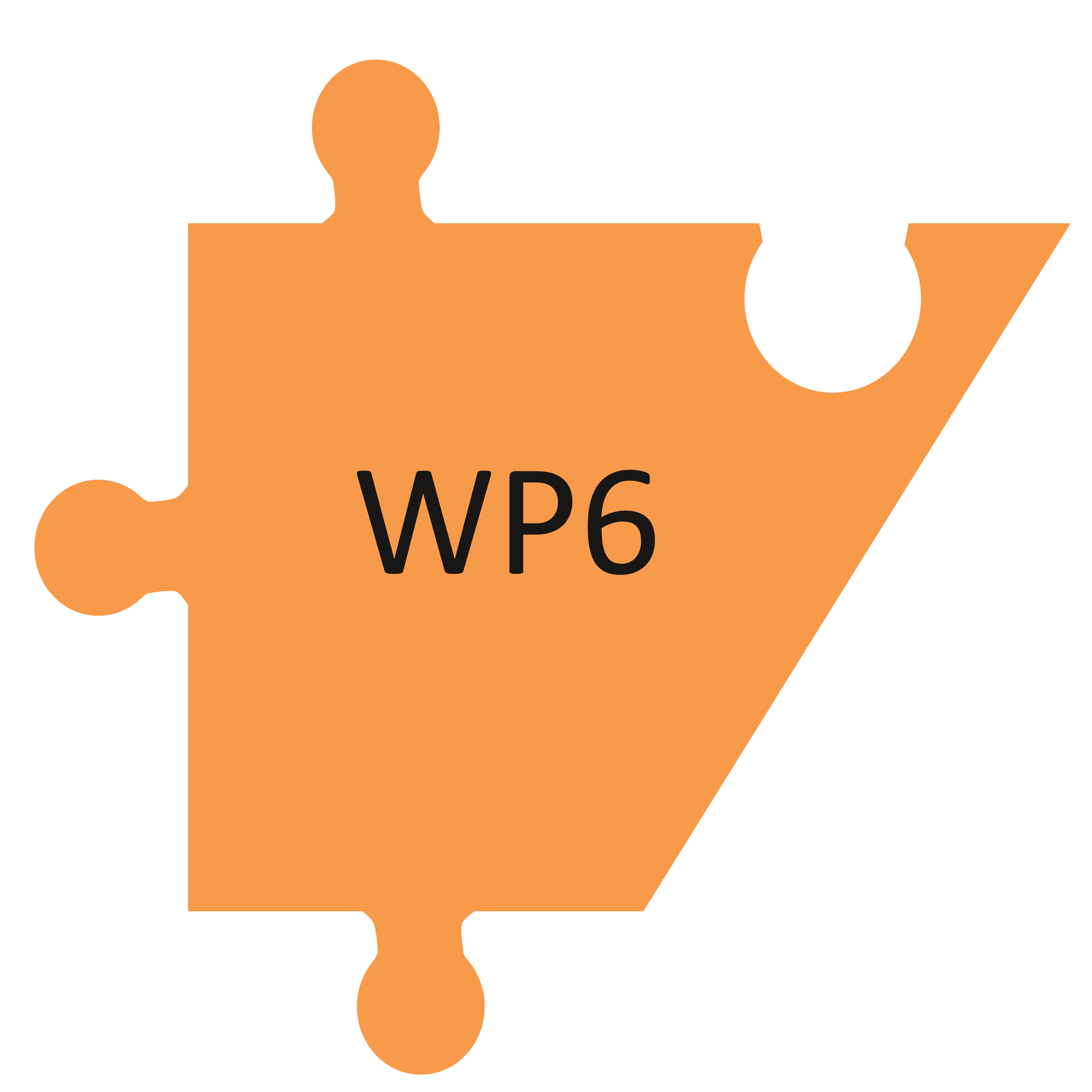A recent survey concluded there were 350 000 chemicals and mixtures of chemicals on the global chemical market. The number of these chemicals that are persistent and mobile substances as well as their emissions, is unknown. Screening and prioritizing chemicals used by industry by ranking them according to their exposure and hazard potential is an efficient, transparent and robust path towards achieving zero pollution, as it identifies those persistent and mobile substances to focus efforts on first. The need to manage entire groups of persistent and mobile substances, rather than individual ones as part of policy or market strategies is clear. ZeroPM will support this by grouping persistent and mobile substances on the global chemical market and their transformation products to identify the groups of most concern. The performance of the grouping approach developed for prioritizing substances will be evaluated via the second hypothesis of ZeroPM:
ZeroPM’s hypothesis – Grouping persistent and mobile substances based on specific molecular substructures will support persistent and mobile substance prioritization and directed risk assessment procedures.
To ground-truth this hypothesis, it is necessary to characterize the potential risks of the persistent and mobile substance groups to the environment or human health; and if demonstrated, subsequently, prioritize which persistent and mobile substances and substance groups require the most attention.
There is currently limited understanding related to the risks associated with long term chronic exposure to persistent and mobile substances in drinking water or the environment, and how to foresee these hazards or risks. Methods are needed to improve and expand the applicability domain of existing environmental fate and exposure models, that take into consideration the intrinsic persistent and mobile substance properties, including ionic interactions. For mobile substances, robust hazard assessment frameworks are also urgently needed, incorporating innovative human-relevant methods to facilitate a refined understanding of the persistent and mobile substance’s mechanisms of toxicity.
For the risk assessment of persistent and mobile substance groups, an understanding of the mode of action regarding shared toxicodynamic and toxicokinetic properties is thus needed. Human in vitro methods can elucidate mechanisms of adverse health effects, such as via the quantification of changes in cellular signaling pathways in human-relevant cells or tissues. In ZeroPM, NAMs will be integrated and used to leverage the read-across framework to investigate the hazards of substances grouped and prioritized. This work will be the basis of hypothesis three:
ZeroPM’s hypothesis – Identifying which PM substance groups pose the most risk through NAMs for exposure assessment and toxicity testing will indicate at least one or more persistent and mobile substance group where exposure needs to be reduced to protect the environment and human health (excluding PFAS).
ZeroPM will advance ways to priortize persistent and mobile substance groups through two work packages:
WP5 Substance Grouping will prioritize persistent and mobile substances and substance groups on the global chemical market for prevention and removal.
WP6 Risk Assessment will to characterise and quantify impacts of persistent and mobile substances on human health and the environment.



